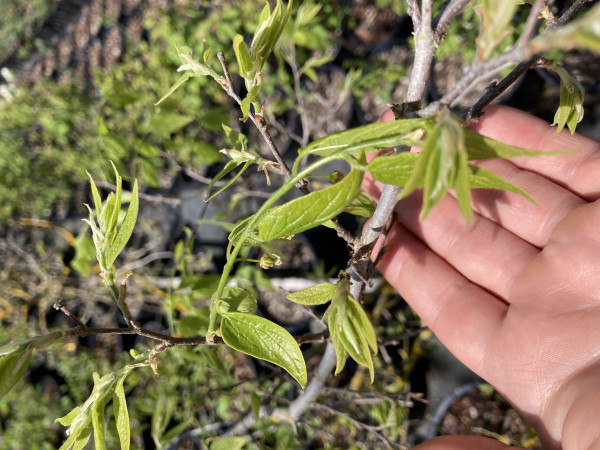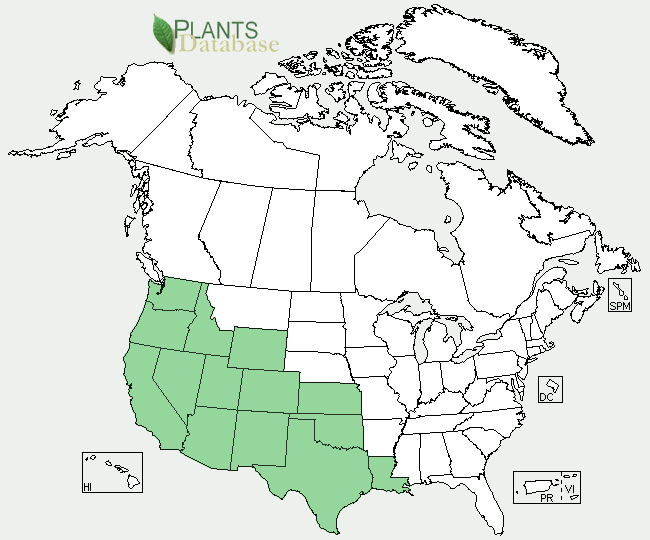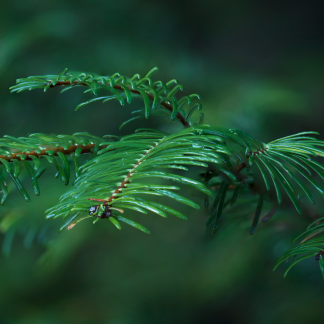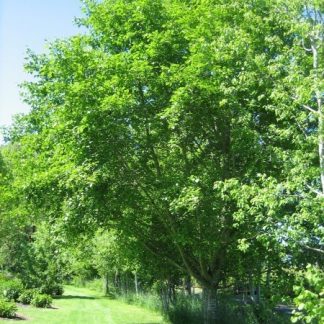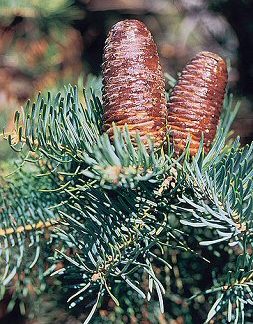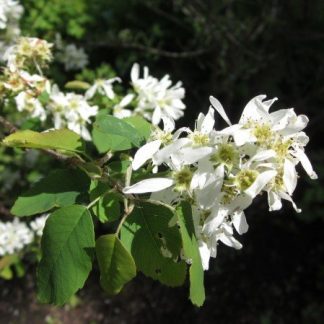Celtis reticulata
netleaf hackberry
Habit: an erect shrub or small tree, with spreading canopy and interesting twisted branches. Celtis reticulata grows 15-30 feet tall, sending up branching twigs, which are crooked to zigzagged. New growth is greenish and hairy, while older bark is brown to grayish, exhibiting veins and corky ridges. Leaves are simple and alternate, from oval to lance-shaped, sharply pointy at the tip and asymmetrically rounded at the base. Foliage has a rough texture and 3 main conspicuous veins, which are netted with smaller veins in between. Leaf margins are serrated. Clusters of tiny flowers bloom March to May and are followed by red to orange berry-like fruits.
Ecology: riparian areas, rocky slopes and bluffs, and other similar moist sites within dry climate zones. It is widespread in Northwestern America, growing at low to mid elevations, from the east side of Washington, Oregon, and California to parts of Kansas, Oklahoma and Texas.
Growing conditions: full sun to partial shade, and moderately moist soils. It tolerates heat, wind, and rocky and poor soils. This species is susceptible to leaf gall, a condition caused when insects secretions come into contact with the plant tissue, triggering abnormal growth responses. The condition only impacts the plant cosmetically, but does not present serious threat to the plants health. Netleaf hackberyy looks beautiful in a hedgerow, or wildlife garden. Its edible fruits attract birds and mammals. The fruits are small, but very tasty and are consumed by people as well.
This species has been also classified as Celtis laevigata var. reticulata. Reticulata means “netlike” and refers to the intricate pattern or the leaf veins.
Specs
Deciduous shrub
15-30 feet (4.5-9.1 m)
10-25 feet (3-7.6 m)
4b to 9b

